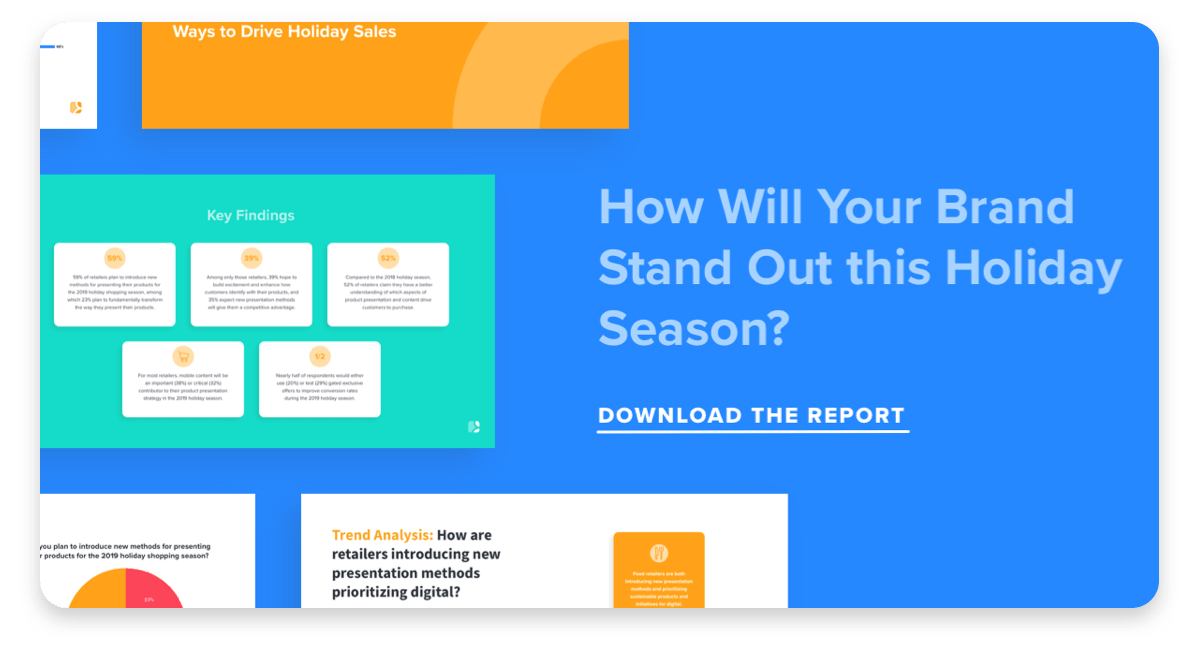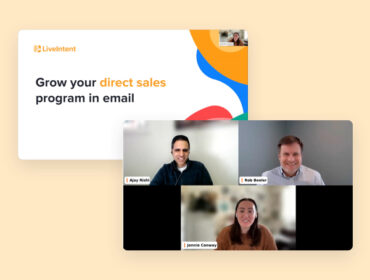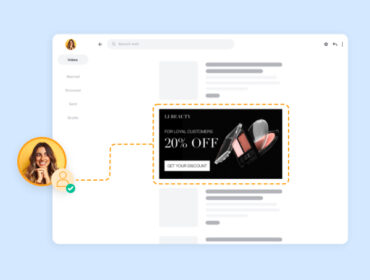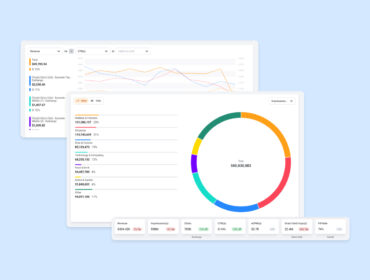5 Email Marketing Tactics That Convert Online Shoppers
Once you put in the hard work of acquiring a new customer, why wouldn’t you strategically try to get them to engage more with your brand and products? It’s a no-brainer. Your brand’s long-term success comes down to getting people to buy – and buy again. Have you considered all email marketing tactics, specifically for return visitors to your site and those who have purchased?
A report from Monetate shows returning customers have higher add-to-cart and conversion rates and lower bounce rates. So, how do you harness the power of repeat customers? Through automated, personalized, and action-based transactional emails, powered with dynamic product marketing. Here are 5 email marketing tactics sure to covert online shoppers.
1. Lapsed buyer emails
When a customer hasn’t interacted with your brand in some time, they fall into the bucket of a “lapsed” customer. Don’t take the lack of follow-through personally – most people just often need an extra nudge to re-engage. This strategy offers an opportunity to restate your value or to urge customers to view and buy new products or services. In fact, Forrester cites that 30% of transactions by repeat shoppers started with a click on an email from the retailer.
2. Cart abandonment emails
While online shopping, are you guilty putting items in your cart but not purchasing them? You’re not alone. Whether shoppers are in transit or distracted, it’s a common behavior. Many brands fail to re-engage “abandoned cart” customers, yet it’s actually low-hanging fruit with bountiful returns. SaleCycle reports that more than one-third of cart-retrieval emails result in purchases. So definitely remind them that they have left items in their cart.
3. Cross-selling emails
You know the saying, “Do you want fries with that?” That’s cross-selling in a nutshell. Cross-selling occurs when a brand offers products from other categories that are somehow related and would be of interest to the customer based on past purchase behavior. “When timed correctly, it meets the needs of the buyer when trust is highest, and when the instinct to say yes is at its peak,” notes LeanLabs.
Similar to other transactional communications, cross-selling works. According to Harvard Business Review, of the 90% of businesses who had run a cross-selling campaign, all found their efforts increased the average per-customer profit.
4. Up-selling emails
Up-selling encourages the purchase of anything that would make a primary purchase more expensive. Cell phone retailers do this all the time – they give you multiple options of iPhones. Sure, you may think you want an iPhone SE, but soon after being served up information about an iPhone 8, you want that instead. These emails target consumers who have already purchased from you and shows them other ways you can meet their needs. It’s the ideal scenario – customers already trust you enough to buy from you and, if they have a good experience, they will be more inclined to explore other products.
5. Order confirmation emails
Another effective transactional email strategy is emailing receipts and order confirmations with additional marketing messages to customers. Not only do e-receipts and emailed order confirmations “save the trees,” but they present another opportunity to up-sell and cross-sell.
According to a study conducted by Listrak, 64% of shoppers consider confirmation emails to be the most valuable messages in their email inbox. A similar study conducted by Experian reveals that order confirmation emails also have a ridiculous open rate of near 100% (if that’s even possible) compared to an average open rate of between 13 to 14% for all other email marketing campaigns.
Even if you don’t want to sell something, you can use e-receipts and order confirmations messages to invite customers to sign up for your newsletter, link to recent happenings within your company, or link back to your homepage.
You probably don’t need any more convincing that repeat customers have huge buying power. So imagine being able to kick things up a notch by supplementing many of these tactics with dynamic product marketing technology to reach customers across premium newsletters and in your own emails. For instance, you can retarget a customer with that very same product forgotten or abandoned in their cart. For cross-selling and up-selling, you can segment audiences to send them specific marketing offers. The possibilities are endless with email!



